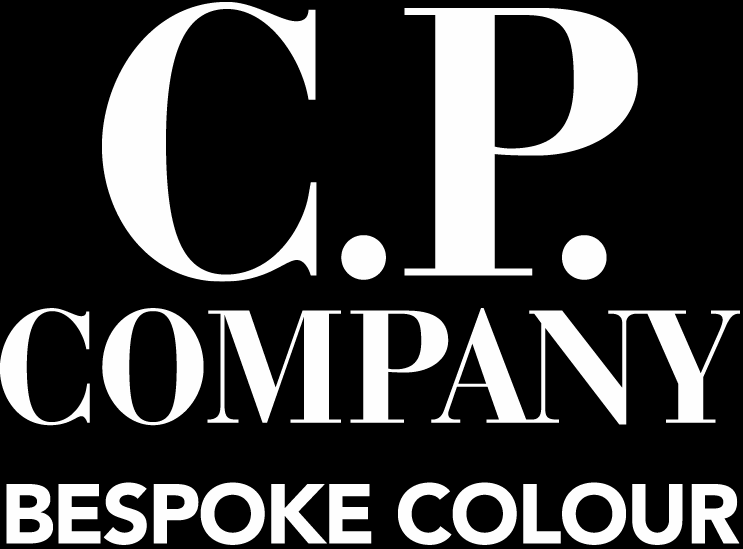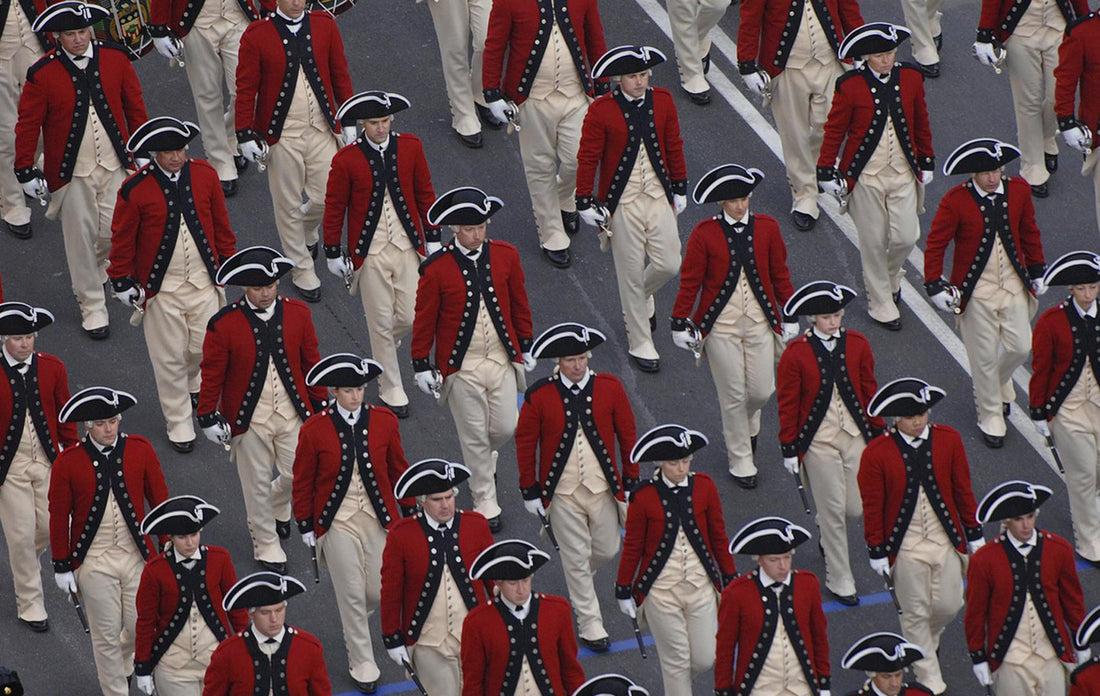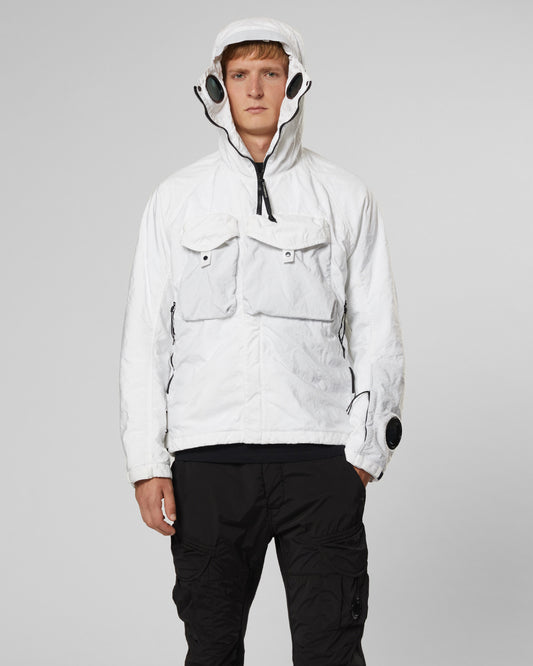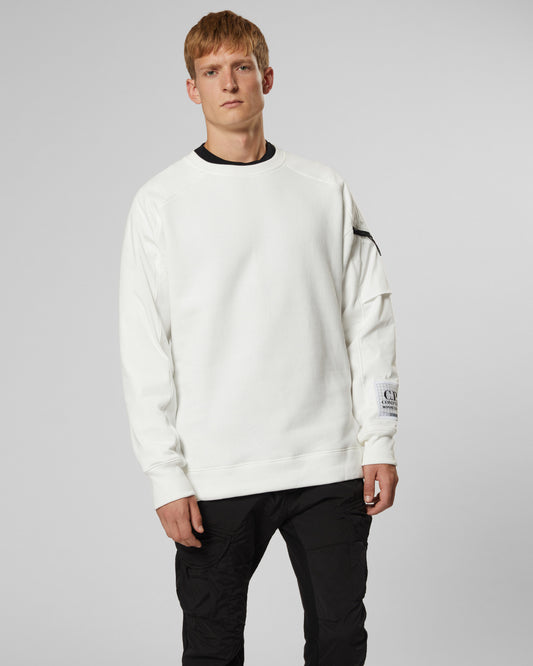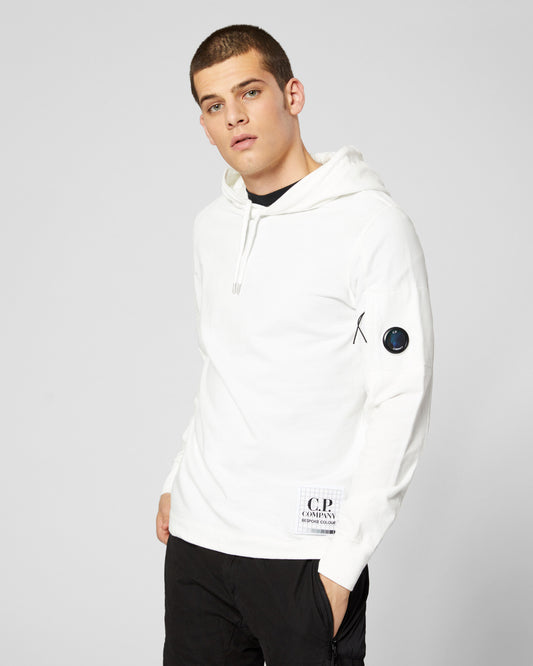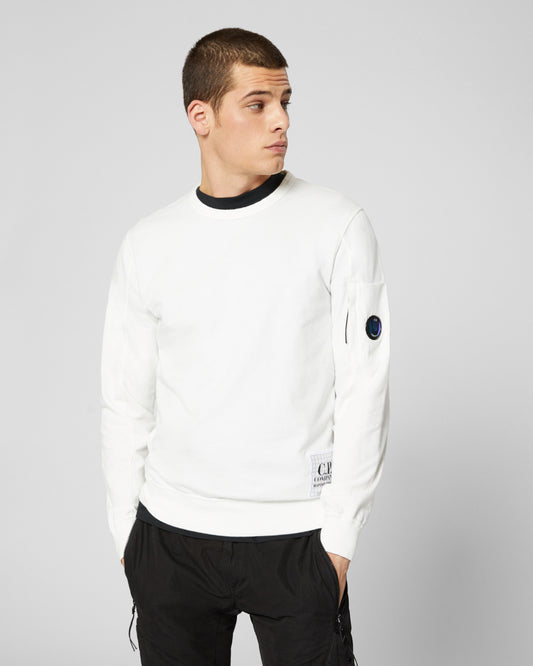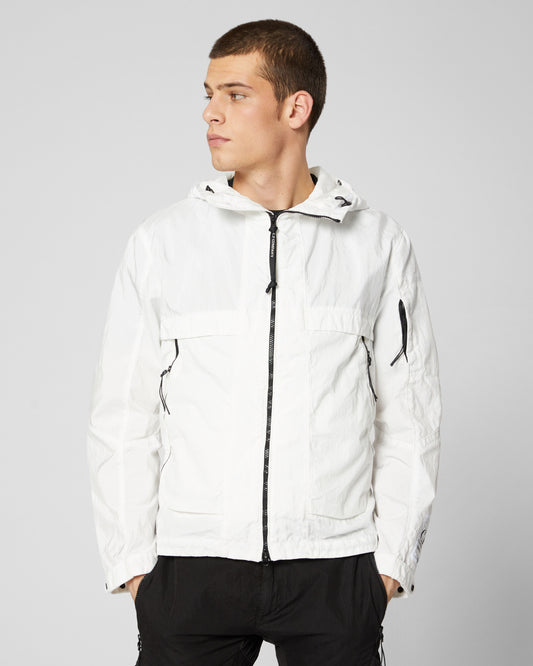There are few colours attached with so much emotion as red. Red is love and passion. If you really believe in something or someone, scarlet red is the only colour that can stand-alone communicate those feelings. I suppose yellow (Empire Yellow) would be the opposite - the colour of cowardice, the chicken shade of cold feet.

Red is the colour of blood and nothing is dearer to us than blood. It is, literary, the colour that keeps us alive. Professor Roy Behrens of University of Northern Iowa, and founder of the Camoupedia website, agrees: “Red is intimidating. It is hot, partly because of conspicuousness. But also because it alerts us to blood, fire, passion, stop signs, and the blush of rage.”
That rage, and most other aforementioned traits, explains why red is also closely associated wit the military, believe it or not. It appears to be more of Romeo & Julia colour at first glance, but its raw and emotional energy is also why it’s equally suited for the battlefield, as well as the silver screen. And though it might seem unlikely when you picture most modern-day battle dresses, there was a time when red was the go-to colour for armies around the world.

The British army, for example, wore crimson Rio Red tailcoat uniforms in battle all the way to the end of the Boer War, which finished in 1902. The red colour almost worked as a team colour: ‘You’re red and we’re blue, now let’s fight’! It was a way to distinguish who was who on the battlefield. Everyone fought so close up that camouflage wasn’t needed. Behrens again: “Crimson uniforms advance – they warn the enemy to retreat. They are the brand of manliness – they are testosterone on parade. The opposite strategy is to hide, to conceal ourselves in ghillie suits. But to paraphrase Arnold Schwarzenegger, it is ‘girlie’ to dress in a ghillie. A genuine warrior stands his ground.”

As we entered the 20thcentury, modern warfare – with long distance artillery and snipers – started to dominate battles and all of a sudden bright colours equalled bull’s eye uniforms. Khaki colours and then, later on, camouflage became the norm for how a war was fought aesthetically. These days the camouflage is political in the sense that you can predict where the next war theatre will be located by looking at what type of camouflage is made. For example, for the last 20/30 years the US Army have focused on desert camo and urban pixelated camouflage … the days of woodland camo are long gone!
Back to red. There’s a theory that, initially, armies used the Ruby Red colour as a way to attract potential soldiers. Back then, red was a colour worn exclusively by the upper classes, the establishment. For the army, the red coat, white trousers and black boots – plus a decent wage – was an excellent recruitment tool among the poor and unemployed. Today, red still plays a big part of army life, as these images show. It’s no longer worn on the battlefield but often part of formal attire reserved for special occasions. Red still means the same thing, it reminds us of passion, loyalty, love and high spirits – and whether you’re in uniform or a civilian, that’s what life is all about.
Text by: David Hellqvist
